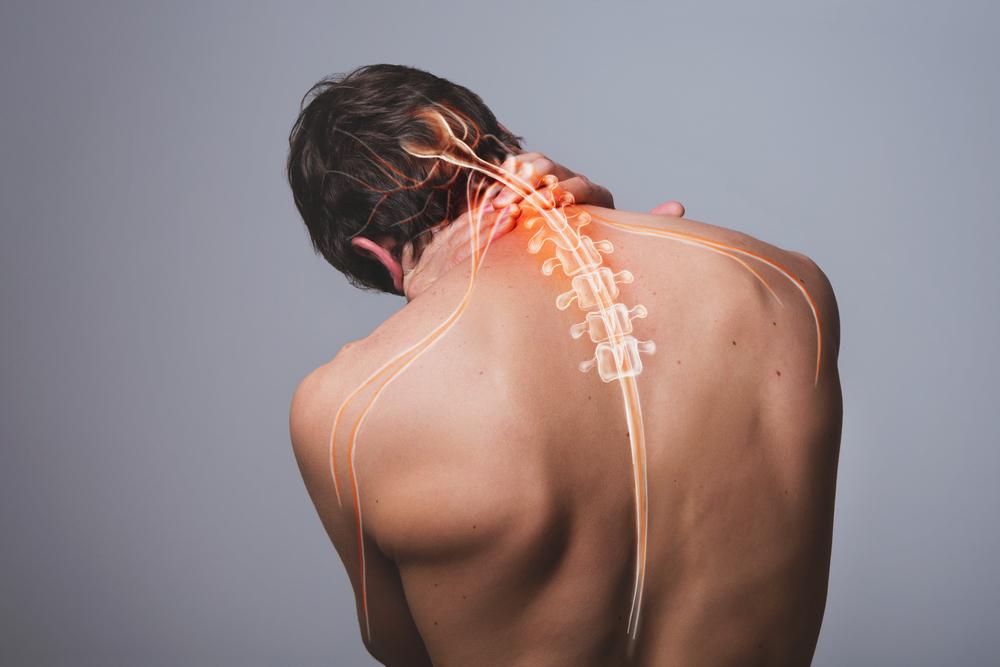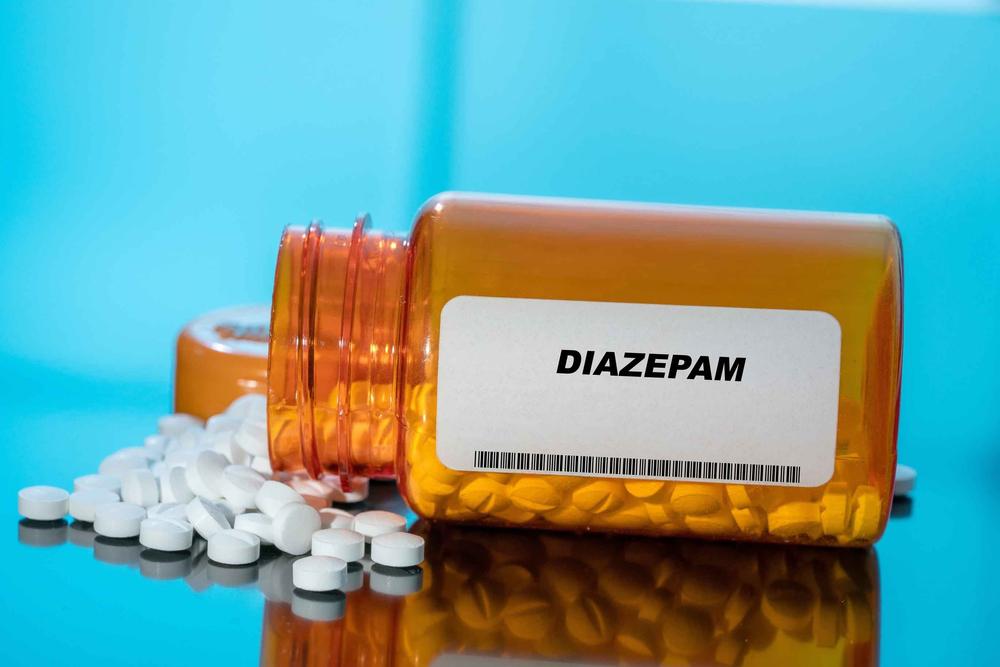*This text has been written based on the information received from health institutions and organizations, hospitals and health professionals. If you or someone you know has any of the symptoms described here, our recommendation is to see a doctor as soon as possible.
THEM Syndrome Stiff person syndrome (SPR) is a rare disorder that affects the central nervous system, often paralyzing movement.🇧🇷 The condition is autoimmune and affects the patient’s brain and spinal cord – it may come and go at first, but over time the stiffness will become constant.
Also known as Moersch-Woltman syndrome, formerly tough guy syndrome causes severe pain and muscle spasms. Over the years, those suffering from this condition may develop permanent stiffness in important areas of the body.
What is rigid person syndrome?
Stiff person syndrome is a rare autoimmune condition that begins with stiffening muscles, usually in the trunk, legs, arms, and other muscles in the body. Some cases are worse than others because there are patients who need ongoing treatment to maintain some quality of life – other cases can lead to extreme stiffness that limits the ability to walk and move.
Because it is so rare, the neurological syndrome usually affects only one patient out of a million people, and women are twice as likely to have the condition. Normally, the first signs of the problem usually appear between the ages of 30 and 60, but they can occur at any age.
“The rigid person syndrome is a rare neurological syndrome that is immune-mediated and characterized by muscle stiffness affecting the trunk, arms, and legs. Rarely, this syndrome may be limited to one leg only,” said the neurologist. São Paulo Beneficência Portuguesa Hospital (BP), by Alex Baeta G1🇧🇷
causes and symptoms
Although it can be seen in different people, the development of the disease is more common in patients with other autoimmune diseases such as diabetes, vitiligo, thyroid and pernicious anemia. In addition, the syndrome is also associated with people with cancer of the lung, colon, breast, thyroid, or Hodgkin lymphoma.
The specific cause of stiff person syndrome has yet to be discovered.However, scientists believe the problem may arise as the result of an autoimmune response going wrong in the brain and spinal cord. Diagnosed patients may also suffer from muscle spasms caused by emotional stress, loud noises, or even feeling other people’s touch.
In some cases, the syndrome may be misdiagnosed and confused with Parkinson’s, multiple sclerosis, fibromyalgia, anxiety, phobia, or psychosomatic illness. To be sure of the disease, doctors do a blood test to measure the patient’s glutamic acid decarboxylase (GAD) antibody level.

The limited movement and spasms of stiff person syndrome can also cause:
- anxiety;
- Depression;
- hyperhidrosis;
- Lack of balance and frequent falls;
- Bones broke from spasms.
When testing blood, doctors look for high levels of GAD antibodies, as patients with PRS often have higher levels. Diagnosis can also be made by electromyography to measure electrical activity in the muscles or by lumbar puncture to analyze spinal fluid.
Depending on each patient’s condition, it may take years for symptoms to appear. Often the first sensations are stiffness in the trunk and abdomen, but this can also include facial pain and stiffness – in more severe cases, patients may have an arcuate posture and have difficulty moving.
Treatment
Until now, doctors have treated the condition based on patients’ symptoms to provide greater comfort and better mobility. For this reason, they try to control the symptoms of stiffness with certain types of drugs such as diazepam, clonazepam, baclofen and gabapentin.

According to a study led by the National Institute of Neurological Disorders and Stroke (NINDS) in the United States, intravenous immunoglobulin therapy is even effective for improving balance, stress, and sensitivity to noise and touch — in which case patients receive immunoglobulins from healthy donors.
Other treatments are also based on:
- plasmapheresis;
- Rituximab;
- Stem cell transplant;
- Physiotherapy;
- Massage;
- water therapy;
- heat therapy;
- Acupuncture.
Unfortunately, until now, scientists have not found a way to prevent the disease, which can be more serious and faster depending on each case. That’s why it’s so important to see a doctor if you frequently experience the symptoms mentioned in this text, as early treatment can relieve symptoms and offer a better quality of life.
Did you like the content? So, keep an eye on it Technology World To stay up to date with all the news about science, technology and entertainment!
Source: Tec Mundo
I am Bret Jackson, a professional journalist and author for Gadget Onus, where I specialize in writing about the gaming industry. With over 6 years of experience in my field, I have built up an extensive portfolio that ranges from reviews to interviews with top figures within the industry. My work has been featured on various news sites, providing readers with insightful analysis regarding the current state of gaming culture.











